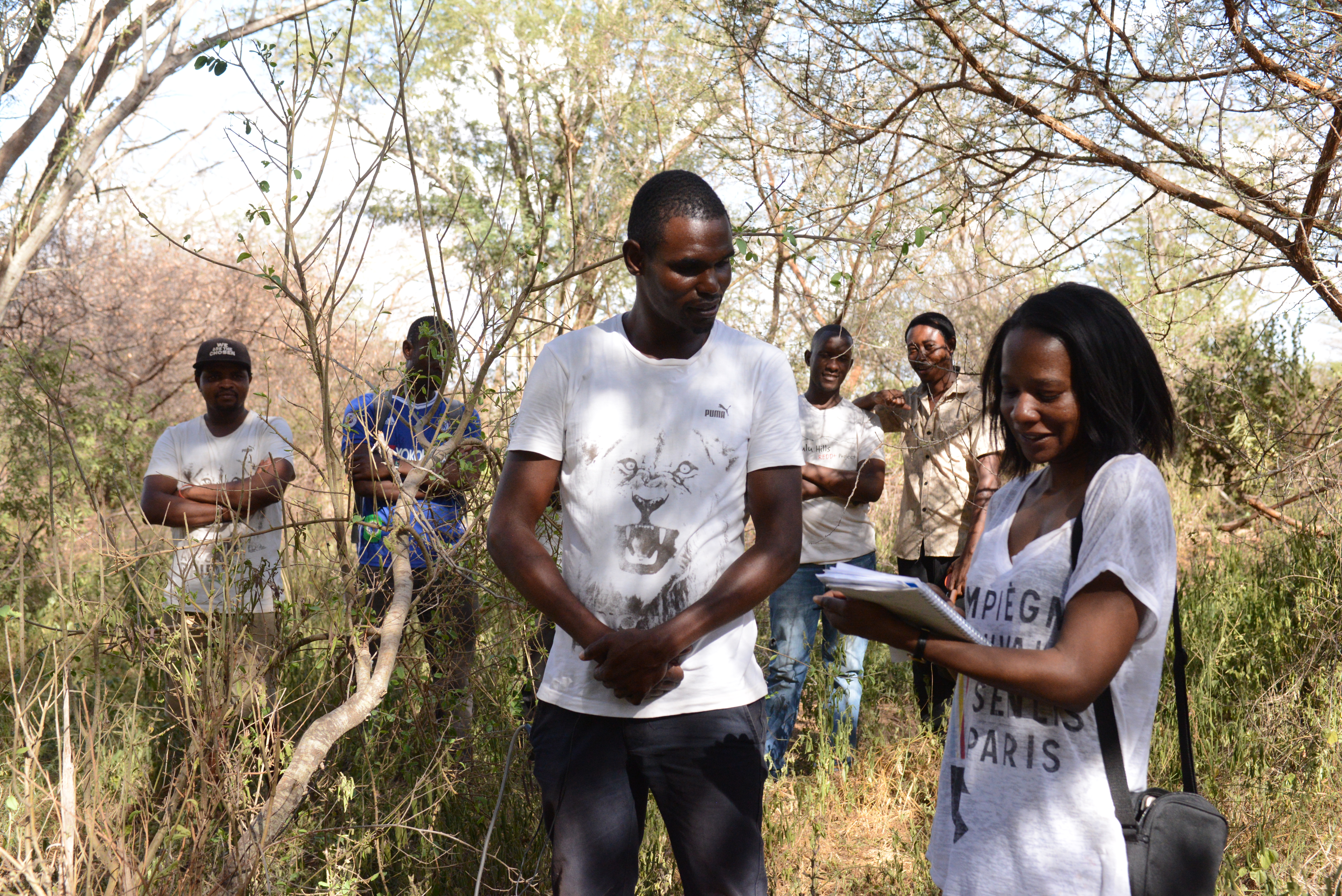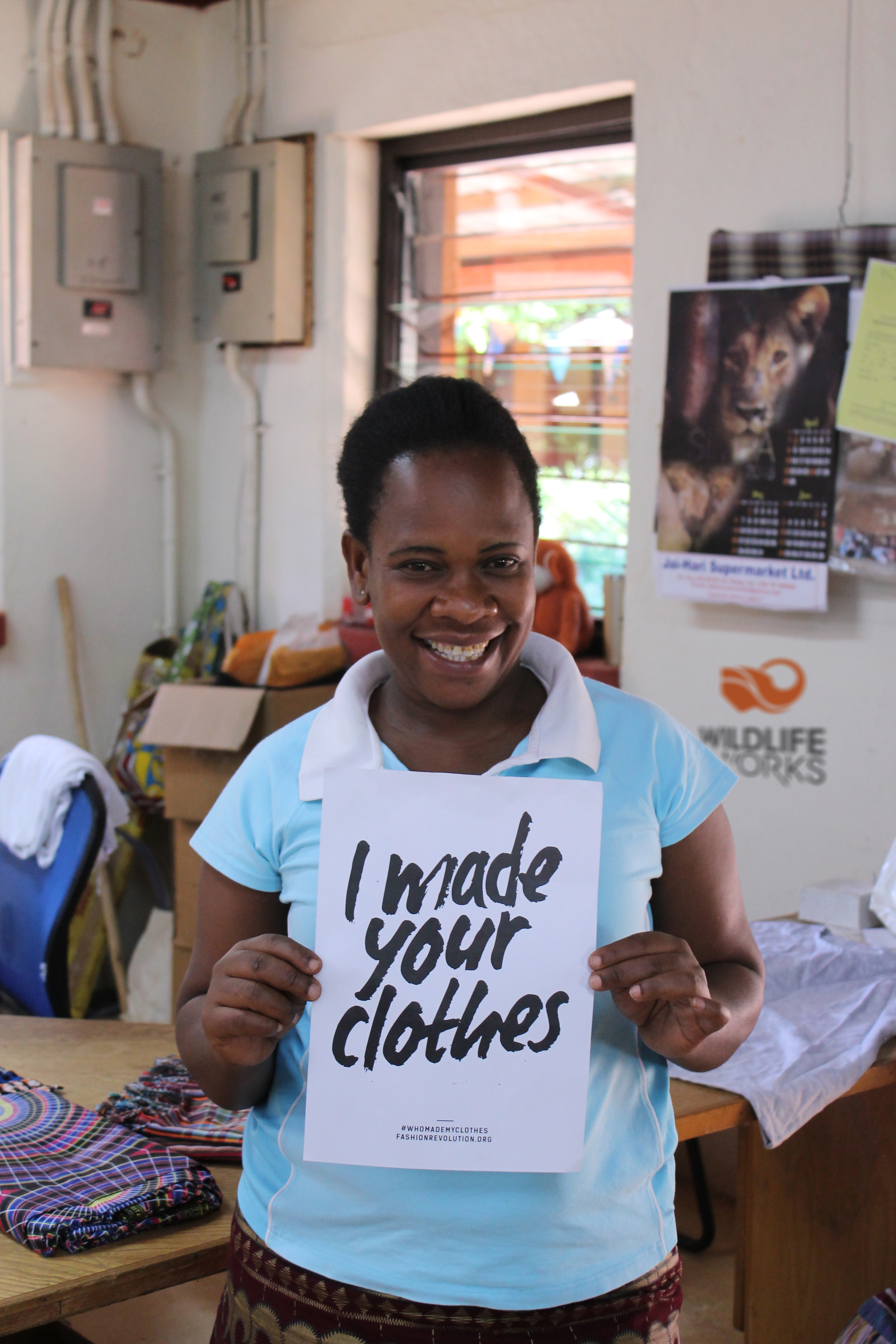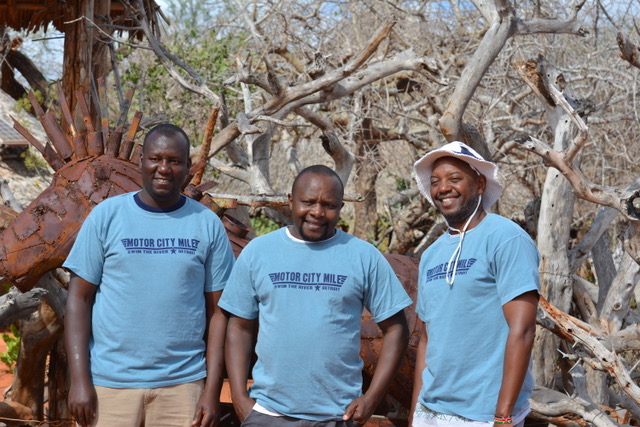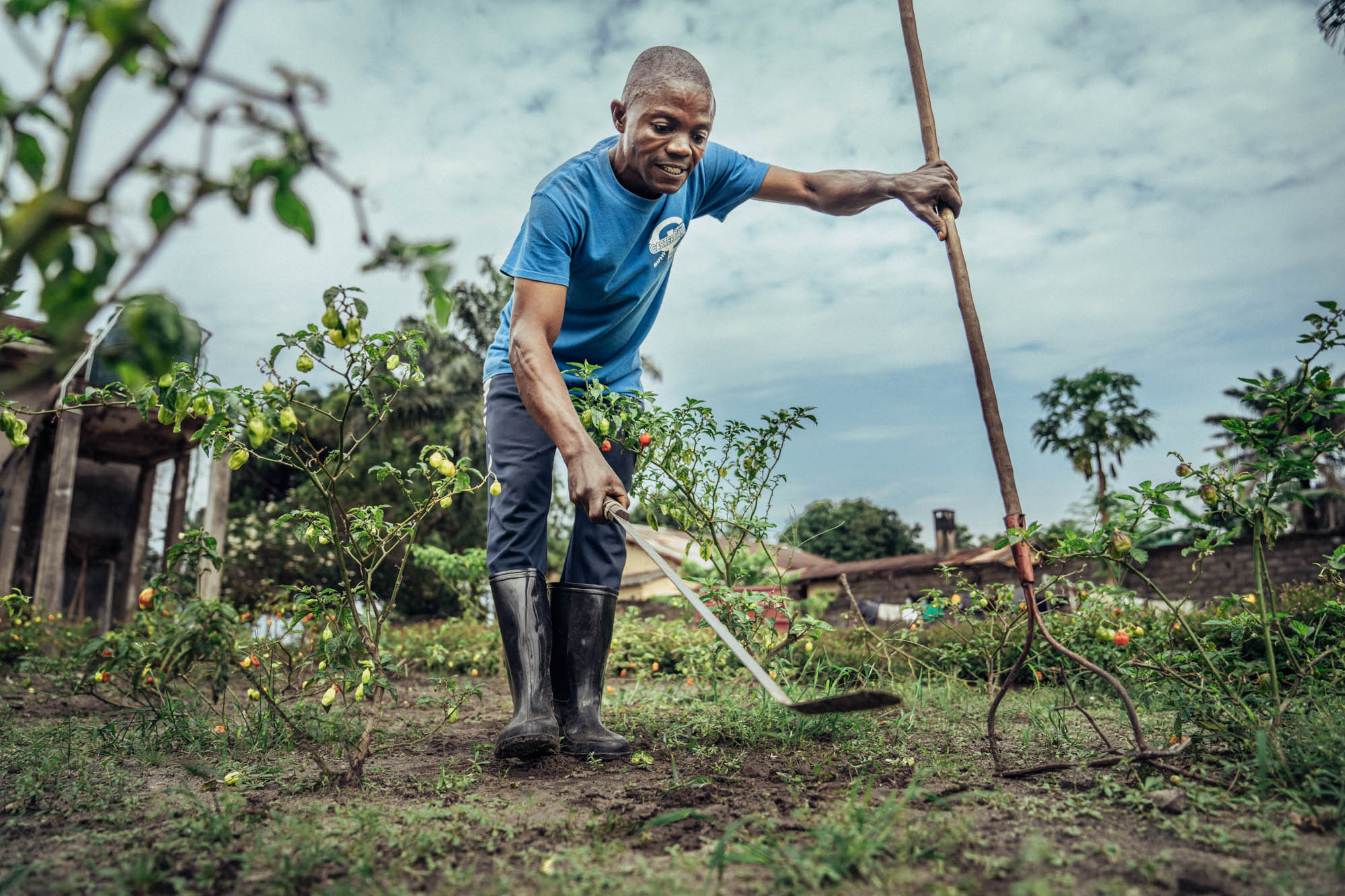
Simon Kipsang; The Ranger and Co-pilot at Wildlife Works
By Jane Okoth
For some, a wildlife adventure may seem like a normal thing, but that seemed an impossible opportunity for young Simon Kipsang. As a young boy growing up in Nakuru County, Simon only learnt about elephants, lions and other wildlife in school. “Since I was passionate about the environment, I would spend time taking care of trees in my homestead and wished that I would one day come face to face with wildlife,” he recalls thinking. As fate would have had it, his dream has come true. Now at 30 years old, Kipsang is a full time ranger and co-pilot at Wildlife Works.
When the husband and father of two is not up in the sky conducting aerial surveillance, he is doing normal patrols and looking for snares. “My most satisfying day at work is when we find nothing negative to report whilst on a patrol. It means that there is no poaching activities and that the forest is safe at the moment,” he says.
Born in Nakuru County in 1988, Simon was the first born in a family of 6. Growing up, he did not complete his secondary education because his parents were not able to pay for his tuition. With the little education he had, getting a job was not easy so he decided to embrace small-scale farming. “Farming did not pay well. Luckily, I got a job at a safari tour company called Southern Cross Safaris in 2007 and was based in Tsavo,” he recalls. Although he was only employed in Tsavo for 2 years, it gave Simon some contacts in the area. In 2010, a Wildlife Works employee that he had met whilst working at Southern Cross Safaris informed him about a major recruitment for rangers. “I applied for the job and was successfully hired as a Ranger. Being bestowed with the responsibility of protecting wildlife and the environment that I cherished so much was a great honor to me,” he says.

As a ranger on ground patrols, Simon handled his responsibilities with vigor, conducting patrols across all camps in Rukinga sanctuary. His hard work paid off when Eric Sagwe, the Head Ranger at Wildlife Works, selected him to work as a co-pilot in the aerial team. In his new role, Simon received training and adapted his skills to the multitasking required whilst in the air. A co-pilot has to be able to recognise locations from the air, navigate properly, spot wildlife or illegal activity, count elephants, take pictures, relay important information accurately in real time as well as know how to operate the GPS. All this also takes teamwork when working with the pilot. “I started working as a copilot with light aircraft pilots in 2013 from time to time and then with the late Rob Dodson in his gyrocopter,” he recalls. Simon then began working with Keith Hellyer, which he has been doing to date. Together, they conduct aerial surveillance and support the ground teams by locating elephant herds, looking for elephant carcasses, increasing rapid response and ranger security, as well as helping to locate other illegal activities in the project area such as charcoal burning and logging. Simon has been building his flying hours as a co-pilot thanks to funding from the Elephant Crisis Fund, which goes towards supporting the most crucial work of aerial surveillance in the Kasigau Wildlife Corridor.

Whenever he is up in the sky, he has a camera, GPS, radio handset and a notebook. He then takes pictures and jots down on any sightings in the project area and communicates with the ground team. “At the end of the surveillance, I send my report about elephant sightings to Eric Sagwe so he can refer it to Kenya Wildlife Service,” he says. He also submits the same report to Dr Mwangi, Head of Biodiversity and Social Monitoring. “It’s a unique thing having an experience in this profession,” Simon says.
Looking back, Simon says he couldn’t be happier with his 8 years working at Wildlife Works. He uses his salary to pay tuition for two of his brothers in secondary school in addition to supporting his family. He has also paid school fees for three of his other siblings who have completed high school. “Working at Wildlife Works has made me realize that conservation work has numerous benefits,” he says. “Apart from all the skills I have learned, I have the opportunity to be in a gyrocopter thanks to Wildlife Works,” he adds.
According to the gyrocopter pilot Keith, Simon is one of the best copilots to work with. “He is diligent and focused on the task at hand, ensuring that the job has been completed and that the information sent on is clear and accurate,” Keith says.

“You have to love your job to be good at it and I am thankful to Wildlife Works for giving me the opportunity to be a part of the team. I also applaud the community in our project area for their support in ensuring wildlife and the environment is looked after,” says Simon.
At Wildlife Works, we are honored to have employees like Simon Kipsang who have dedicated themselves to protecting the ecosystem. Thank you for your hard work, Simon!





